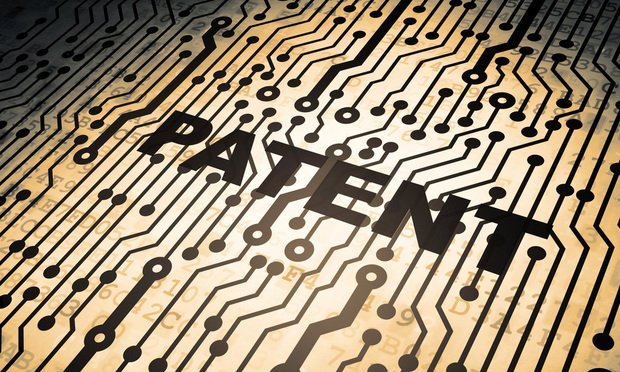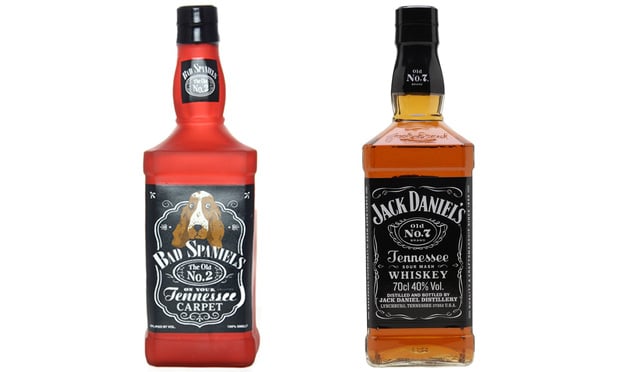Features

All the News That's Fit to Pinch
The emerging cases by authors and copyright owners challenging various generative AI programs for using copyrighted materials are certain to create new troubles for the courts being asked to apply the fair use doctrine to this important new technology.
Features

Recent Patent Trial and Appeal Board Approaches to Patent Claims on Medical Technology Implementing AI
Each decision involves reversal of a prior art rejection and contrasts with the other decisions on subject matter eligibility, revealing different PTAB approaches and results that can inform prosecution and appeal strategies.
Features

Treatment of Antibody Claims In the U.S. After 'Amgen v. Sanofi'
The future of antibody claiming in the United States is uncertain following the U.S. Supreme Court's May 2023 ruling in Amgen Inc. v. Sanofi, a highly anticipated decision concerning enablement and whether the traditional way to claim antibodies — claiming antibodies by their function — will survive as a valid claiming strategy.
Features

Can Artificial Intelligence Patents Overcome §112 Requirements?, Part 2
Part Two of a Two-Part article While the last decade has seen a dramatic increase in the number of AI patents, such patents face difficulty in overcoming the patent-eligibility challenges under §101 and Alice. Section 101, however, is not the only hurdles AI patents must overcome. Section 112, with its written description, enablement, and definiteness requirements, presents additional obstacles.
Features

How Patent Owners Can Leverage Climate Change Programs In Their IP Strategies
The USPTO has created or expanded several programs to promote the development of sustainable energy. For patent owners and inventors in the energy sector, these programs can provide a financial and administrative edge for the development and protection of their intellectual property, as well as play a beneficial role their overall IP strategy.
Columns & Departments
IP News
In Patrick v. Poree, the United States Court of Appeals for the Eleventh Circuit affirmed the denial of default judgment and summary judgment of copyright infringement claims based on a lack of evidence that the plaintiff owned a valid copyright.
Features

A Scoreboard of Notable Cases In AI and Copyright
Artificial intelligence has dominated intellectual property news since the public introduction of OpenAI's ChatGPT, the generative AI chatbot, in November 2022. Now, 2024 starts off with court decisions and procedural rulings having taken shape in 2023 lawsuits that were filed over the collision of creative content with generative AI programs.
Features

Can Artificial Intelligence Patents Survive Alice?
Part One of a Two-Part Article Under the current Alice framework, those attempting to patent AI innovations face an uphill battle. But, as the caselaw demonstrates, inventors and patent drafters can take steps to reduce the risk of AI patent claims being invalidated as abstract ideas.
Features

Creative Expression vs. the Lanham Act: Six Months of Cases After Jack Daniel's
Last Term, the U.S. Supreme Court decided Jack Daniel's v. VIP Products — a case involving interaction between the Lanham Act and the First Amendment. This article traces the lower courts' reactions and applications to that decision.
Columns & Departments
IP News
Federal Circuit: PTAB Did Not Err In Finding That It Retained Authority to Issue Final Written Decision After Deadline Passed Federal Circuit: District Court Did Not Err In Finding That an Abbreviated New Drug Application Is Limited to the Uses Described Therein
Need Help?
- Prefer an IP authenticated environment? Request a transition or call 800-756-8993.
- Need other assistance? email Customer Service or call 1-877-256-2472.
MOST POPULAR STORIES
- Use of Deferred Prosecution Agreements In White Collar InvestigationsThis article discusses the practical and policy reasons for the use of DPAs and NPAs in white-collar criminal investigations, and considers the NDAA's new reporting provision and its relationship with other efforts to enhance transparency in DOJ decision-making.Read More ›
- The DOJ's New Parameters for Evaluating Corporate Compliance ProgramsThe parameters set forth in the DOJ's memorandum have implications not only for the government's evaluation of compliance programs in the context of criminal charging decisions, but also for how defense counsel structure their conference-room advocacy seeking declinations or lesser sanctions in both criminal and civil investigations.Read More ›
- The DOJ's Corporate Enforcement Policy: One Year LaterThe DOJ's Criminal Division issued three declinations since the issuance of the revised CEP a year ago. Review of these cases gives insight into DOJ's implementation of the new policy in practice.Read More ›
- Don't Sleep On Prohibitions on the Assignability of LeasesAttorneys advising commercial tenants on commercial lease documents should not sleep on prohibitions or other limitations on their client's rights to assign or transfer their interests in the leasehold estate. Assignment and transfer provisions are just as important as the base rent or any default clauses, especially in the era where tenants are searching for increased flexibility to maneuver in the hybrid working environment where the future of in-person use of real estate remains unclear.Read More ›
- Developments in Distressed LendingRecently, in two separate cases, secured lenders have received, as part of their adequate protection package, the right to obtain principal paydowns during a bankruptcy case.Read More ›
